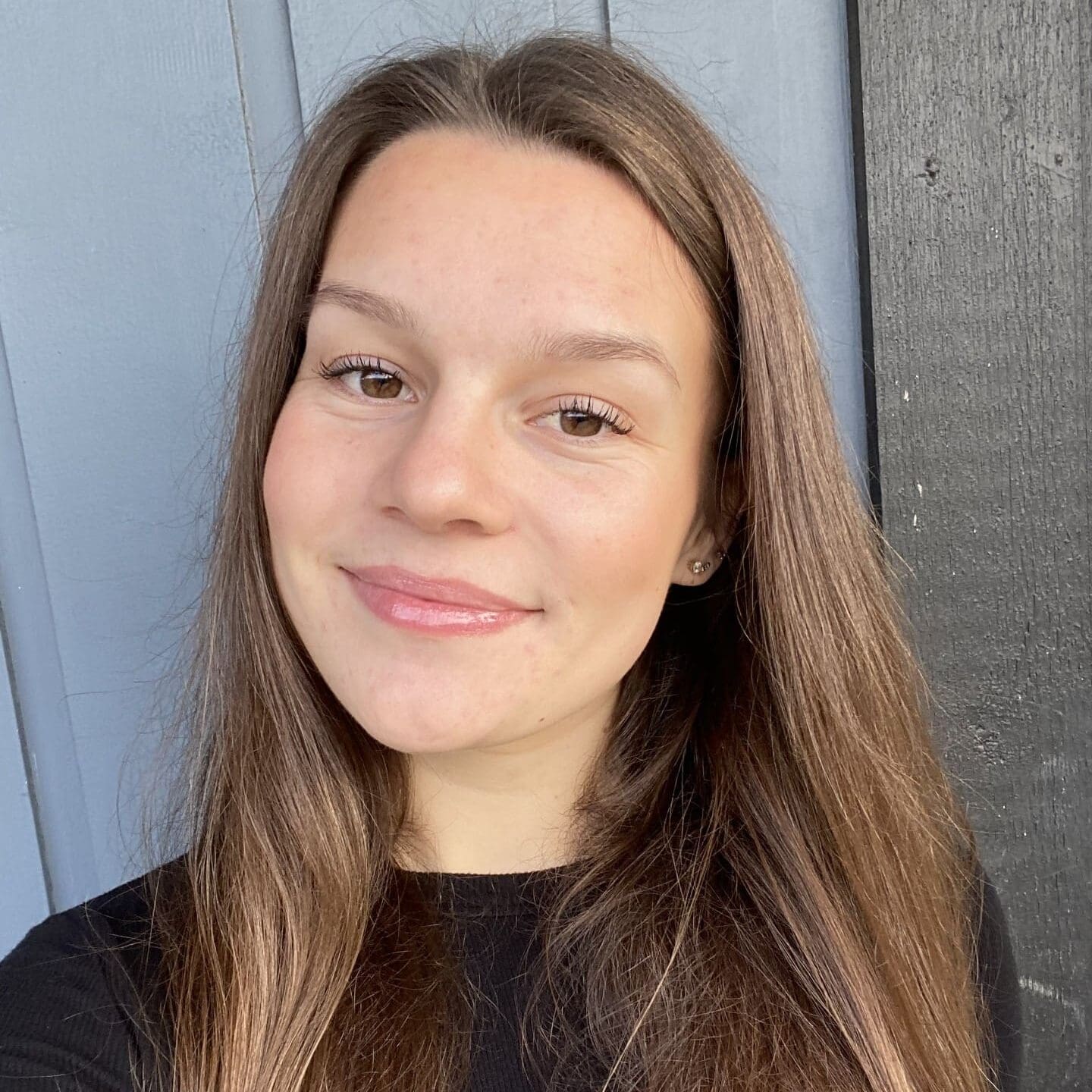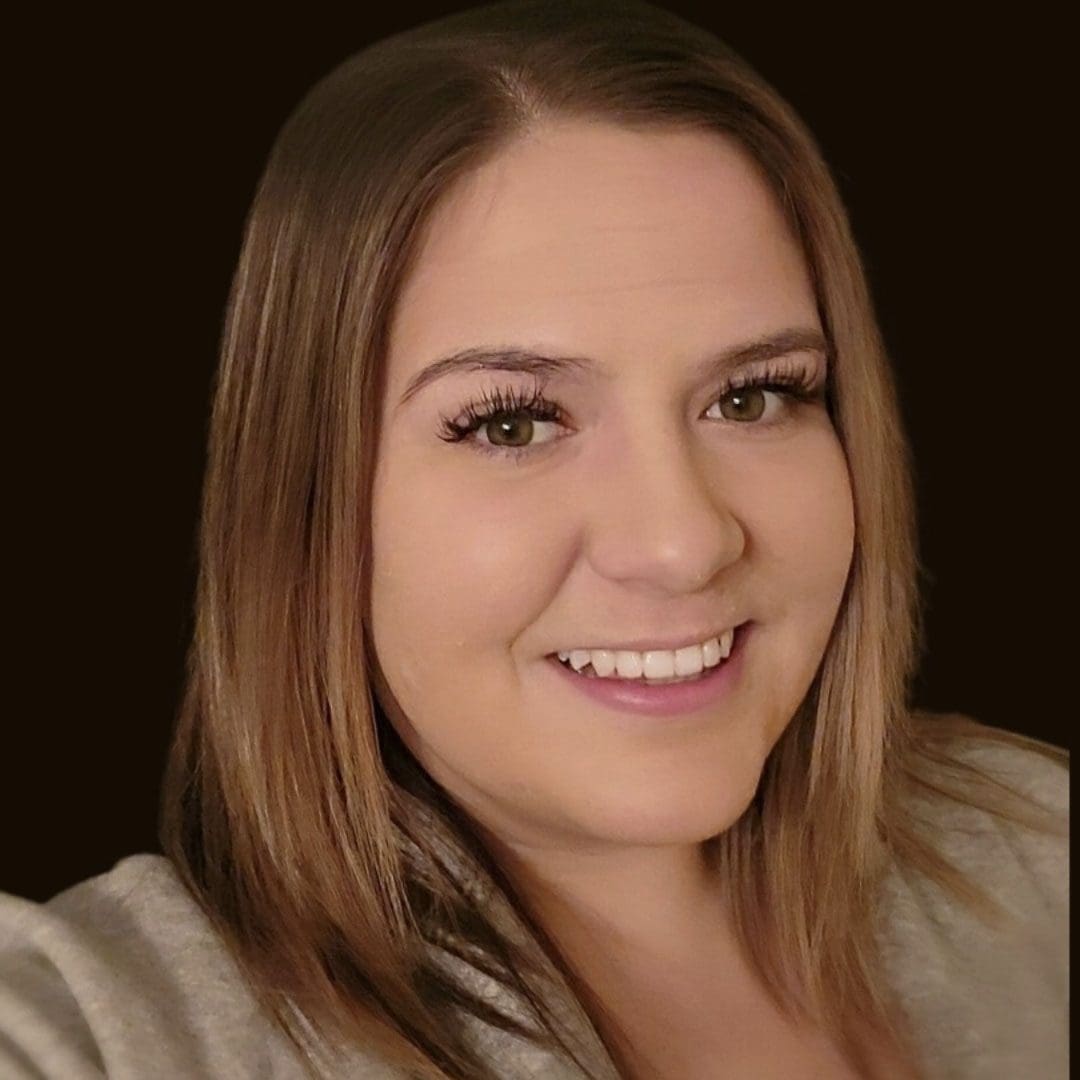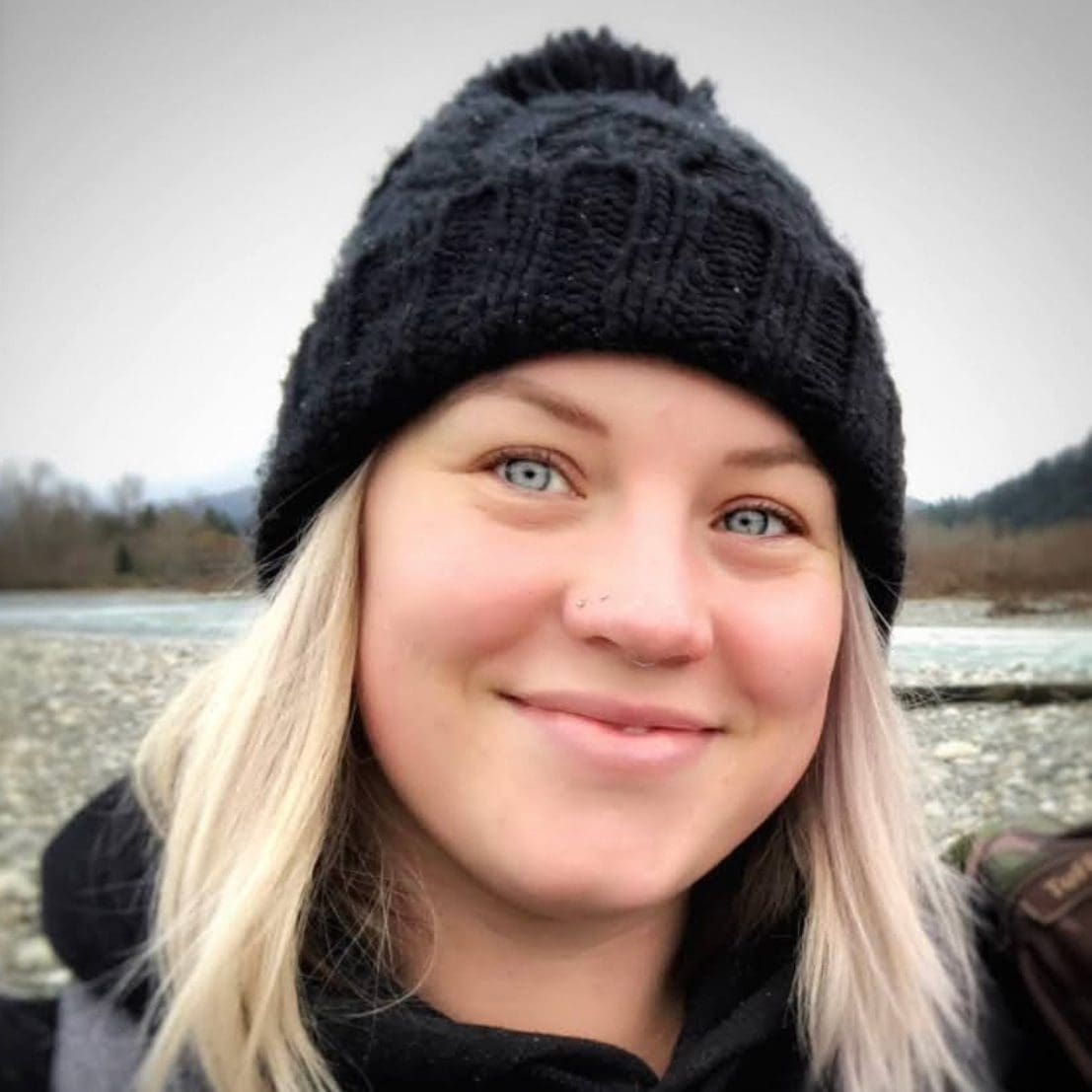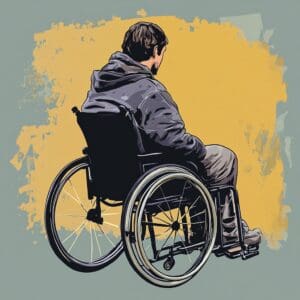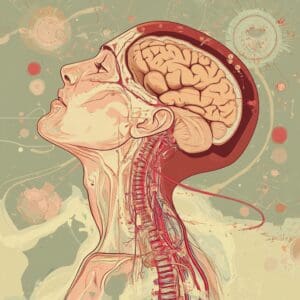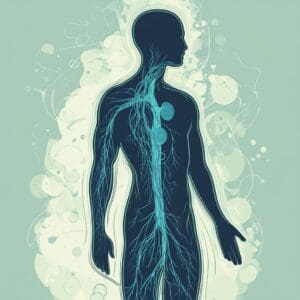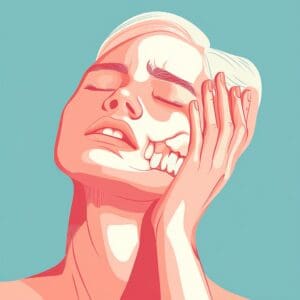Massage Therapy
Receive Long-Term Body Relief
If you’re ready to ease tension, reduce pain, and restore balance, massage therapy can help.
Call 604-846-2999 (Chilliwack) or 604-850-9097 (Abbotsford), or book directly through your preferred practitioner’s page.
We don’t have a receptionist, but our automated voice system can answer common questions or take a message so a practitioner can get back to you.
We look forward to helping you move more freely, feel more relaxed, and enjoy life with greater comfort. Massage therapy can get you there.
Massage Therapy Tailored to Your Needs
At The Healing Oak, our Registered Massage Therapists (RMTs) offer professional, evidence-informed care to support your health and well-being.
Whether you need therapeutic massage to relieve chronic pain, deep tissue massage to address muscle tightness, relaxation massage to reduce stress, or myofascial release to improve mobility, we tailor every treatment to your unique needs and goals.
Our RMTs work with clients seeking relief from back and neck pain, sports injuries, tension headaches, prenatal discomfort, and the physical effects of stress and anxiety.
Serving clients in Chilliwack and Abbotsford, we provide a calm, welcoming environment where you can unwind and focus on healing.
By combining skilled hands-on techniques with a compassionate, client-centred approach, we help you move more freely, feel more comfortable in your body, and restore balance to both mind and muscles.
Chilliwack RMT's
Abbotsford RMT's
Direct Billing Possible?
Yes, depends on circumstance
Locations Available
Already familiar with us and our process?
Our Massage Therapy Services
Our team of Registered Massage Therapists (RMTs) provides a range of treatment options designed to meet your specific needs and preferences. Whether you’re looking for targeted pain relief, recovery support, or deep relaxation, each service is tailored to help you feel and function at your best.
- Therapeutic Massage: Targeted treatment to relieve tension, manage chronic pain, and support injury recovery.
- Deep Tissue Massage: Firm pressure to release deep muscle tightness and improve range of motion.
- Relaxation Massage: Gentle techniques to reduce stress, improve circulation, and promote calm.
- Myofascial Release: Releases restrictions in connective tissue to restore ease of movement.
- Prenatal Massage: Safe, supportive care to relieve pregnancy-related discomfort and swelling.
- Sports Massage: Helps athletes recover faster, prevent injuries, and maintain performance.
Benefits of Massage Therapy
Massage therapy offers more than just relaxation — it can be an important part of your overall health and wellness plan. Regular treatments may help:
- Reduce muscle tension and stiffness
- Relieve chronic pain and discomfort
- Improve joint mobility and flexibility
- Support recovery from injury or surgery
- Decrease stress and promote relaxation
- Enhance circulation and lymphatic flow
- Improve posture and body awareness
- Support better sleep quality
When your body feels better, it’s easier to enjoy the activities you love and live each day with greater comfort and ease.
Meet Our Chilliwack RMT's
Meet Our Abbotsford RMT's
When Is It A Good Idea To Get Massage Therapy?
Massage is excellent for:
- Reducing muscle tension & body pain (ie whiplash)
- Lowering blood pressure
- Relieving stress
Don’t get a massage if you have:
- Cracked or broken bones
- Bleeding disorders (especially blood clots)
- Open wounds or burns
- Serious medical conditions (e.g. osteoporosis)
Massage Therapy Resources
Massage Therapy FAQ's
What is registered massage therapy?
Registered Massage Therapy (RMT) is a regulated healthcare service provided by practitioners who have completed extensive training and are licensed by the College of Massage Therapists of BC. Treatments are tailored to your needs and may address pain, injury, stress, and overall wellness.
Do I need a doctor’s referral to see a Registered Massage Therapist?
No referral is required to book an appointment. However, some insurance plans may require one for coverage, so it’s best to check with your provider.
Is massage therapy covered by extended health benefits?
Most extended health plans in British Columbia cover Registered Massage Therapy, though coverage amounts and limits vary. We offer direct billing to many major insurers—please ask for details before your appointment.
What should I expect at my first massage therapy session?
Your RMT will review your health history, discuss your goals, and assess your needs before beginning treatment. They’ll explain the techniques they’ll use and ensure you’re comfortable with the plan.
What should I wear for my massage appointment?
You can undress to your comfort level. Your therapist will use professional draping techniques to ensure your privacy at all times. For certain treatments, wearing loose, comfortable clothing may be recommended.
How often should I get massage therapy?
Frequency depends on your needs—some people benefit from weekly sessions for acute concerns, while others choose monthly maintenance visits for ongoing wellness. Your RMT will help you decide on the best schedule.
Does massage therapy hurt?
Some techniques, such as deep tissue work, may cause mild discomfort as tension is released, but it should never be painful. Always let your therapist know if you’d like the pressure adjusted.
Can massage therapy help with stress and anxiety?
Yes. Massage can activate the body’s relaxation response, reduce muscle tension caused by stress, and improve overall mood and sleep quality.
Do you offer prenatal massage?
Yes. Our RMTs are trained in safe, supportive techniques for pregnancy. Prenatal massage can help relieve back pain, reduce swelling, and promote relaxation during all stages of pregnancy.
What if I need to cancel my appointment?
We understand that schedules can change. Please provide at least 24 hours’ notice to avoid a late cancellation fee. This allows us to offer the time to another client in need.
How long is a typical massage therapy session?
Sessions are usually 45, 60, or 90 minutes, depending on your needs and preferences. Your therapist will recommend a length based on your goals and the areas being treated.
Can massage therapy help after surgery or injury?
Yes, in many cases massage can support recovery by reducing scar tissue formation, improving mobility, and relieving pain. Always consult your healthcare provider before starting post-surgical massage.
What’s the difference between relaxation massage and therapeutic massage?
Relaxation massage uses gentle, flowing techniques to promote calm and reduce stress. Therapeutic massage is more targeted, addressing specific areas of tension or pain to improve function and reduce discomfort.
Are there any reasons I shouldn’t get massage therapy?
Certain conditions—such as fever, contagious illness, recent severe injury, or some medical conditions—may require postponing or modifying treatment. Your RMT will review your health history to ensure massage is safe for you.
How do I choose the right massage therapist for me?
Consider your treatment goals, preferred techniques, and comfort level. You can view our practitioners’ profiles to see their specialties, training, and availability before booking.
